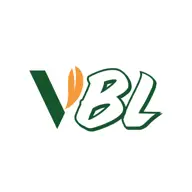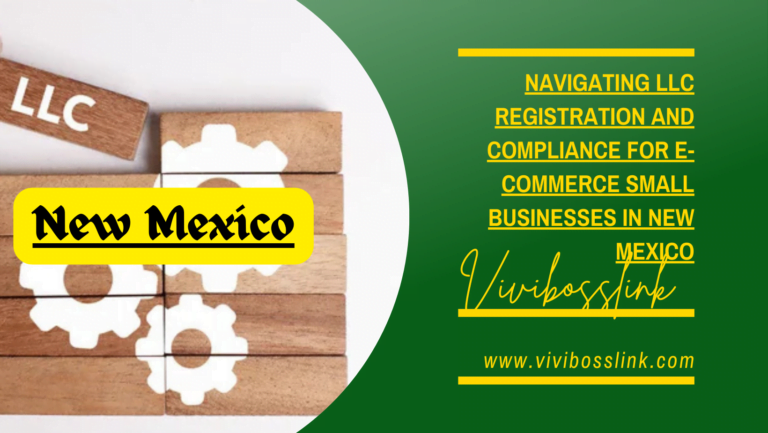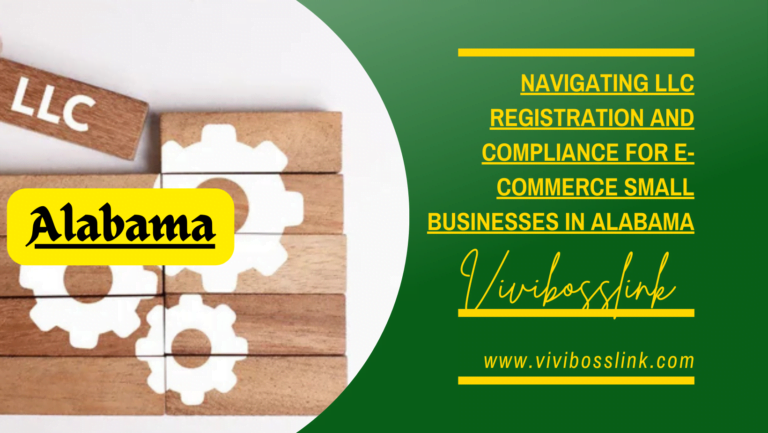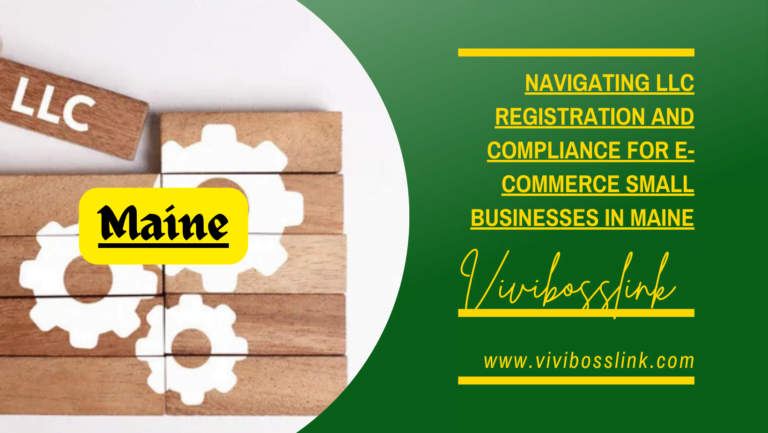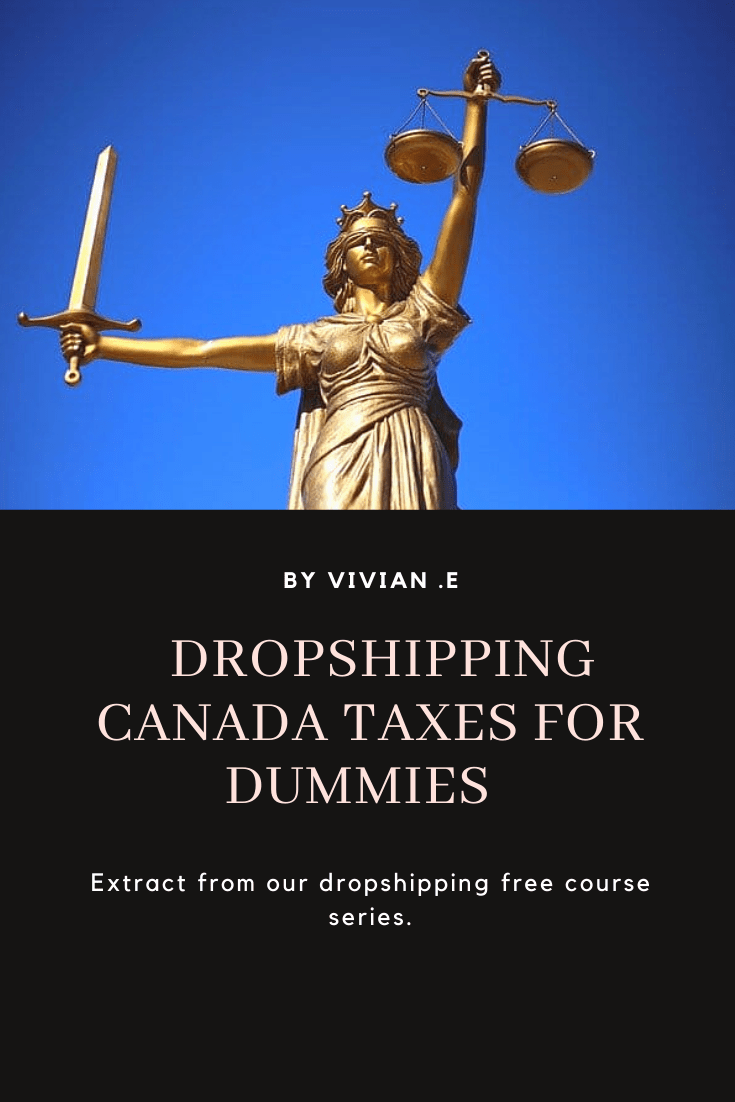
As of July 1, 2021, digital economy business including e-commerce businesses, digital platform operators and by extension dropshippers, now have to pay GST/HST account and are obligated to open a GST/HST account with the Canada Revenue Authority (CRA), charge and remit these taxes to the CRA.
This is the summary of the Economic State announcement by the Canadain government on April 19, 2021 and the reason why e-commerce and dropshipping businesses selling to residents in Canada, now have to pay GST/HST taxes to the Canadian government.
The GST/HST is the Goods and services/the harmonized sales tax and is required to be paid on most goods and services sold or provided in Canada.
You can learn more on HST/GST for digital economy businesses in the Canadian government official website- Canada.ca.
As a Sole proprietor or LLC, when do you have to register a GST/HST tax account?
“As a sole proprietor carrying on business in Canada” Sole proprietorship here include;
- Registered Sole proprietorship; this refers to when you register a business name and that is necessary if you carry on business in Canada in a name other than your real name.
- unregistered sole proprietor; this refers to when you carry on business with an unregistered name (other than your real names).
As a sole proprietor (wether registered or unrevised) or an LLC carrying on business in Canada, you are required to to register a GST/HST account if you are not a small supplier;
You are not a small supplier when the total amount of all revenues (before expenses) from your worldwide taxable supplies from all your businesses and those of your associates is above CA$30,000 in any single Calendar quarter or in the last four consecutive calendar quarters.
How to register HST/GST account in Canada;
You can register a GST/HST account
- online
- by phone
- By an a mail or fax
For the purpose of this article, I’d be focusing on how you can open a GST/HST tax account online;
You can register a GST/HST account as a Canadian resident, immigrant or non-Canadain resident.
Note that your GST/HST account number is part of your “business number” so if you already have a registered Canadian sole proprietorship or an LLC, you’d be given the same GST/HST number as the numbers are already contained as “National business number” in your registered statement of sole proprietorship or Certificate of incorporation respectively.
Regardless of whether you already have a National business number as a registered Sole proprietor or LLC, you’d still need to register for the HST/GST account with the Canadain Revenue Authority (CRA)
If you are an unregistered sole proprietor and don’t have a business number, when you register for a GST/HST tax account, you’d be given a new business number.
To register for a GST/HST tax account either as a Canadian resident (wether citizen or landed immigrant) or as a non-Canadian resident, you can fill and submit the relevant form online on the official CRA gov. website.
Before filling the form there are 5 information you should have at your fingertips;
- Effective date of registration; your effective date of registration for sole proprietorships and LLC is usually the day that you stop being a small supplier.
- Fiscal year for the purpose of GST/HST; Fiscal year for Sole proprietorships and LLC is usually one calendar year. You’d have to report your business taxes annually.
- Total annual revenue; total annual revenue is calculated at the total revenue of all your taxable sales and taxable supplies of all your associates.
- Basic information; your bio data and other basic information.
How to calculate GST/HST Canadian taxes
How you calculate the rate of GST/HST to charge your customers depends on the provinces where the goods are supplied.
Some goods, for example grocery, have 0% GST/HST tax rate throughout Canada, therefor not all goods/supplies are taxable and different provinces may have different GST/HST tax rates.
The GST/HST rate of taxable supplies depends on the applicable rates in the province where the goods were supplied.
The GST/HST rates for taxable supplies/goods is calculated as a percentage of the cost of the goods and are as follows in the different provinces;
- 5% GST; Nunavut, Northwest territories, Quebec, Yukon, Saskatchewan, Alberta, British Columbia and Manitoba.
- 15% HST; Labrado Scotia, Newfoundland, New Brunswick and Prince Edward Island.
- 13% HST; Ontario
This are the current rates confirm as of July 25, 2021
How to charge and remit GST/HST taxes to the Canadian revenue authority online
You charge GST/HST tax on taxable goods supplied in Canada. Basically your customers would pay for this tax as it ought to be included in the product price.
You are supposed to calculate the GST/HST charged and paid by your customers, including any GST/HST added to product invoices sent to your customers (even if the invoices are yet to be paid) and minus your ICT (input tax credit). The result would be your “net tax”. Your net tax is what you are required remit to the government. (If you are tax eligible; i.e no longer a small supplier and/or have registered for a GST/HST account from the Canadian Revenue Authority).
ITC (input tax credit) this refers to credits which can be claimed by an GST/HST account registrant from the Canadian Revenue Authority based on GST/HST taxes which the registrant paid on products which were purchased to be used in his business.
I’d explain ITC a bit more just so you’d understand it. Okay? Now imagine you sell phone cases and your a GST/HST registrant.
You’d need to charge your customer GST/HST taxes on the phone cases sold.
Assuming, you bought packages to be used to package the phones cases you sell, the packages was bought from a Canadian supplier and you were charged GST/HST taxes by the supplier for those packages.
In some cases, you can claim credits for the GST/HST taxes you paid on those packages from the Canadian Revenue Authority (CRA). This is because the packages where used in packing the phones cases and since you’re already remitting GST/HST phone cases which were package and sold, then It is double taxation to have also paid GST/HST for the packages as at when you purchased it from the Canadian supplier.
Bottom line is that you’d be able to recover the GST/HST paid on the packages (which were used for your business) from the Canadian Revenue Authority (CRA) and the claimed amount is what is referred to as Input Tax Credit (ITC).
Input Tax credit works as a resolution to an issue of double taxation.
Before filling your GST/HST taxes, you’re supposed to subtract the total GST/HST taxes paid on the packages (which is what is correctly referred to as an input tax credit ) from the GST/HST taxes which you charged your customers for the phone cases.
How to remit Canadain GST/HST taxes online
If the total amount of GST/HST charged to your customers is MORE THAN your Input Tax Credit (ITC). The difference is what you remit to the CRA.
On the other hand, if the total amount of GST/HST charged to your customers is LESS THAN the total amount of your ITC. You can claim a refund from the CRA.
You can learn more about Input Tax Credit (ITC) here.
Finally, you can fill your GST/HST returns, remit your taxes and manage your GST/HST accounts online via creating a tax business account.
Conclusion
Canadian residents, immigrants and even non-residents can establish an ecommerce or dropshipping business in Canada legally.
It is pivotal to position your business for tax and legal compliancy in the market in which such business will operate.
I hope this article helps you understand Canadian taxes for ecommerce and dropshipping business.
This tutorial is part of our free dropshipping course. You can check our dropshipping course outline here.

